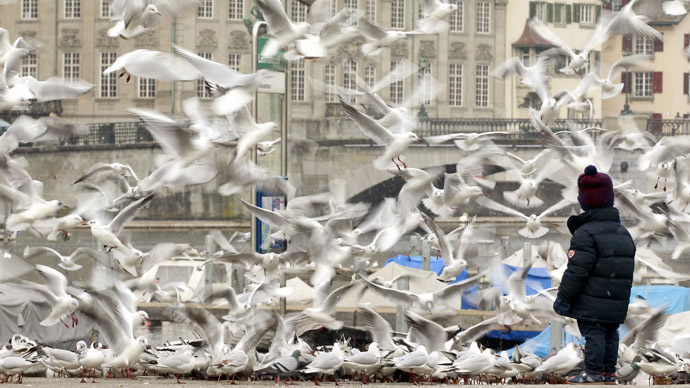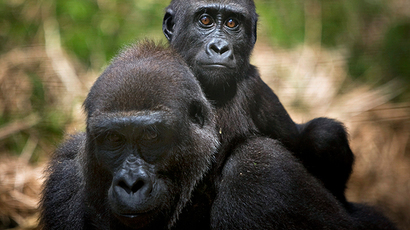Europe has lost 20% of bird population since 1980

Over 420 million fewer birds now reside in Europe than some 30 years ago, a new study has found. The study blames the depopulation on modern farming methods and human interference with the habitat landscape of the most common bird species.
According to the study, published in Ecology Letters, 90 percent of the drop was recorded in the most common birds, such as sparrows, grey partridges, and skylarks.
“This is a warning from birds throughout Europe. It is clear that the way we are managing the environment is unsustainable for many of our most familiar species,” said Richard Gregory of the Royal Society for the Protection of Birds, which co-led the study.
Scientists analyzed data about 144 species of European birds collected in 25 countries. Researchers say the bird population plunge has a direct link with modern farming methods which ruin and fragment natural habitats. They concluded that the number dropped from over two billion birds in the early 1980s to just 1.64 billion in 2009.

“Common species are widespread and their numbers are linked to the deterioration of the quality of the environment on a landscape scale,” notes the paper.
The loss these birds in Europe is concerning, as “it is this group of birds that people benefit from the most,” according to University of Exeter researcher Richard Inger. “Significant loss of common birds could be quite detrimental to human society.”
At the same time, the study points out that some rare bird populations have increased in recent years. Great tits, blue tits, robins, and blackbird populations are increasing, the study found.
“The rarer birds in this study, whose populations are increasing, have benefited from protection across Europe. For example, white storks and marsh harriers receive among the highest level of protection in the EU – this is why their numbers have increased,” Gregory said, highlighting that legal protection is needed to reverse the decline in the populations of other species.














